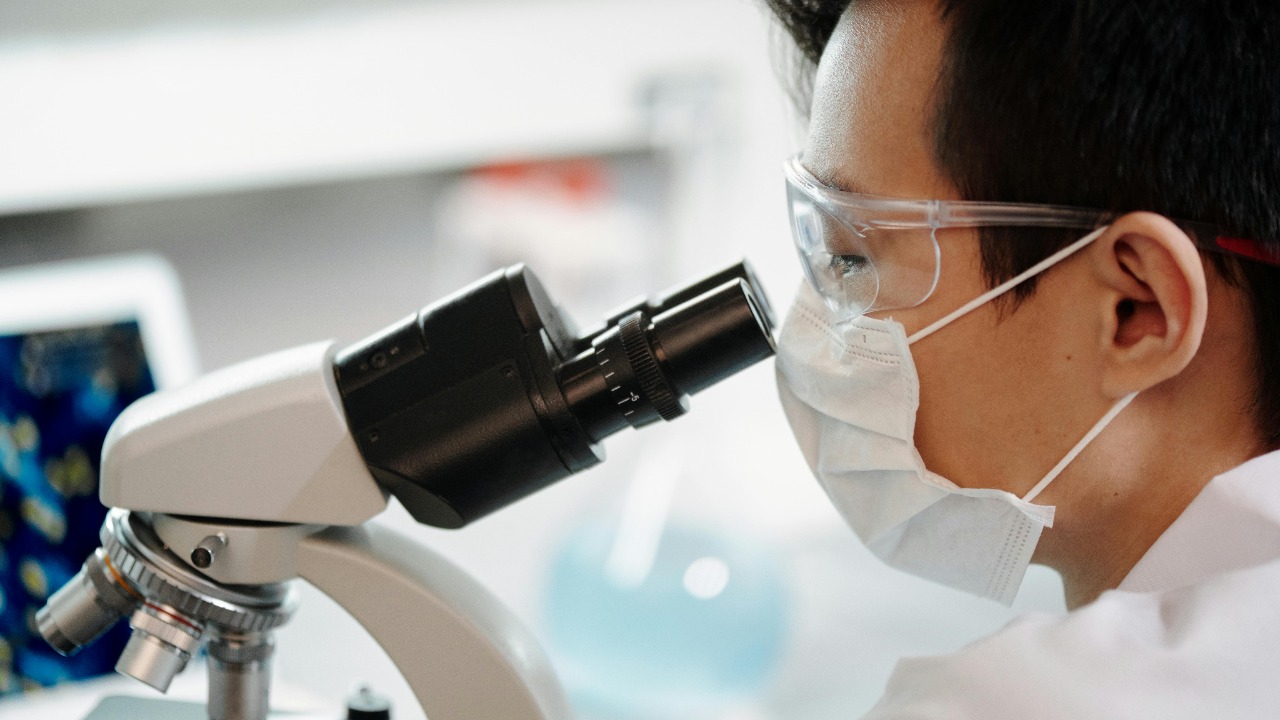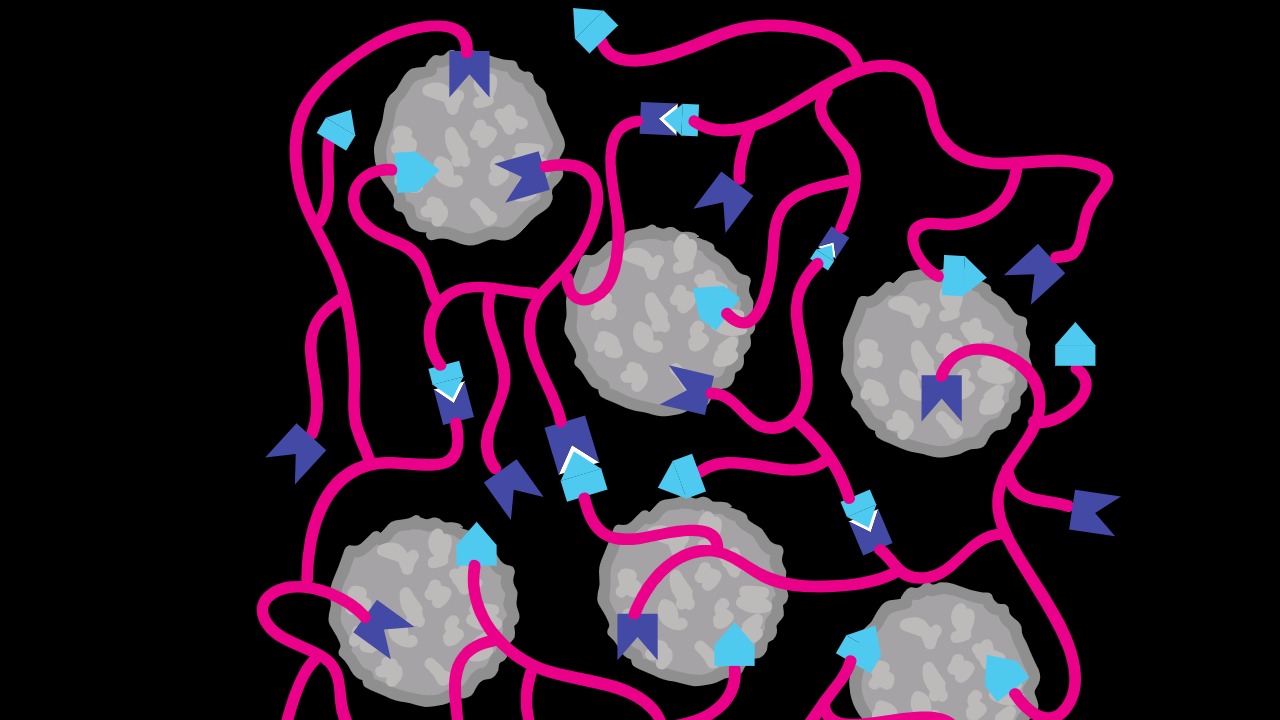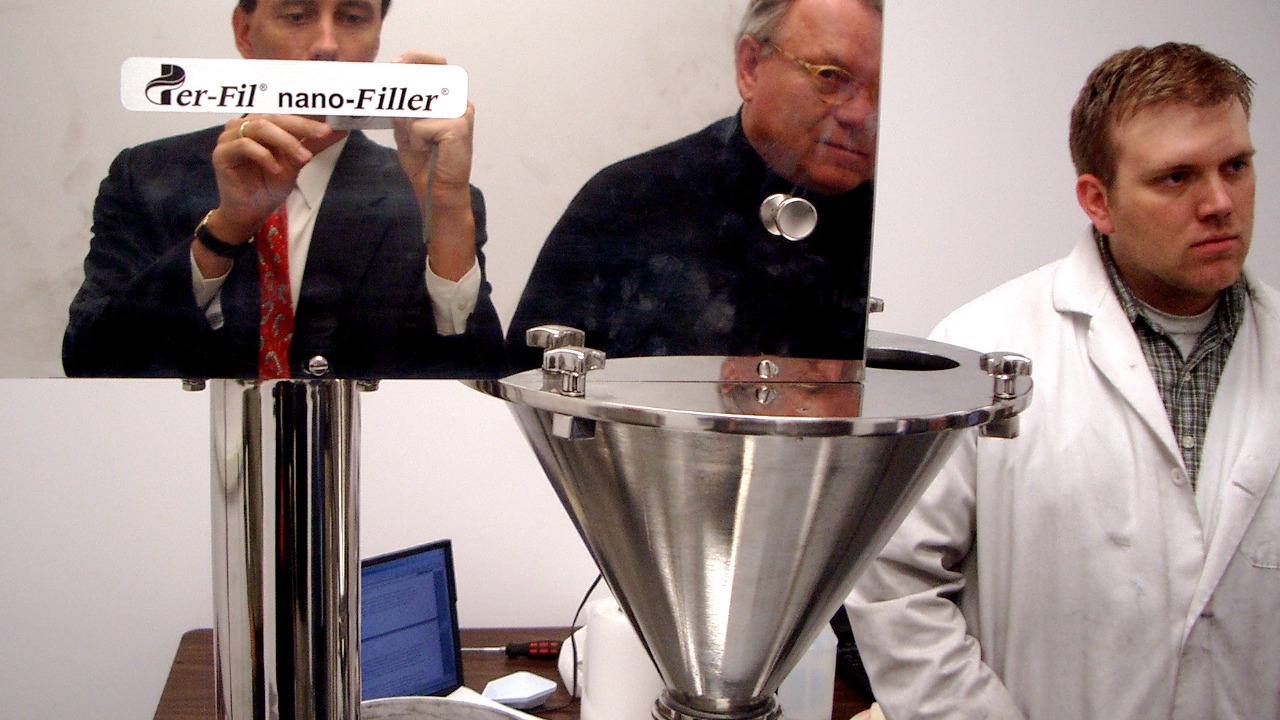
In the ever-evolving world of materials science, researchers are making significant strides in developing materials with the fascinating ability to heal themselves. This innovation, reminiscent of biological organisms’ self-healing, spans a wide range of materials from living gels to fungus-based materials. These advancements hold the potential to revolutionize several industries, including construction and energy storage, among others.
Understanding Self-Healing Materials

Self-healing materials are a class of smart materials that have the inherent ability to repair damage without external intervention. This process is analogous to how biological systems, like our skin, heal themselves after a wound. The concept was first introduced by Scott White at the University of Illinois and has since been a topic of active research.
The science behind these materials involves embedding microcapsules filled with healing agents into the material. When the material cracks or fractures, the microcapsules rupture and release the healing agent, which flows into the cracks and initiates a healing process. This can involve chemical reactions that cause the material to harden, effectively repairing the damage.
Types of Self-Healing Materials

A significant development in the field of self-healing materials is the creation of living gels. These gels can grow, adapt, and repair themselves without external input. Scientists have developed these gels using a chemical reaction that forms a network of fibers, creating a structure that can stretch and heal itself. The potential applications of these living gels are vast, ranging from biomedical devices to environmental sensors.
Another exciting development is the use of fungi to create self-healing building materials. Researchers are using mycelium, the root structure of fungi, to develop building materials that can repair themselves over time. These materials are not only self-healing but also sustainable, as they can be grown in a lab using waste products.
Self-Healing Materials in Construction

The construction industry can significantly benefit from the use of self-healing materials. These materials could reduce the need for regular maintenance and increase the lifespan of buildings. The concept of living, self-healing buildings is already being explored, with structures being developed that can repair cracks and damage over time.
An example of this is the research being done by the European Union’s Horizon 2020 project. They’re developing materials using fungi, which can grow and repair themselves when damaged. This could revolutionize the construction industry by creating more sustainable and durable buildings.
Self-Healing Materials in Energy Storage

Energy storage devices, such as batteries, could also greatly benefit from self-healing materials. These materials can help increase the lifespan and reliability of these devices, potentially transforming the energy storage industry.
For instance, researchers at Clemson University are exploring the use of self-healing materials in energy storage applications. They’ve developed a polymer-based material that can heal itself, improving the longevity and safety of batteries. This could have significant implications for electric vehicles and renewable energy storage.
The Future of Self-Healing Materials

As research progresses, the future of self-healing materials looks promising. Advances in nanotechnology, biotechnology, and materials science are contributing to the development of more efficient and versatile self-healing systems. These materials have the potential to impact numerous sectors, from healthcare to aerospace, by increasing product lifespan and reducing maintenance costs.
However, there are challenges to overcome. The mass production of self-healing materials is still a hurdle due to cost and scalability issues. Moreover, regulations and standards need to be established for the use of these materials in various industries. Despite these challenges, the opportunities offered by self-healing materials are immense and hold the potential to transform our future.